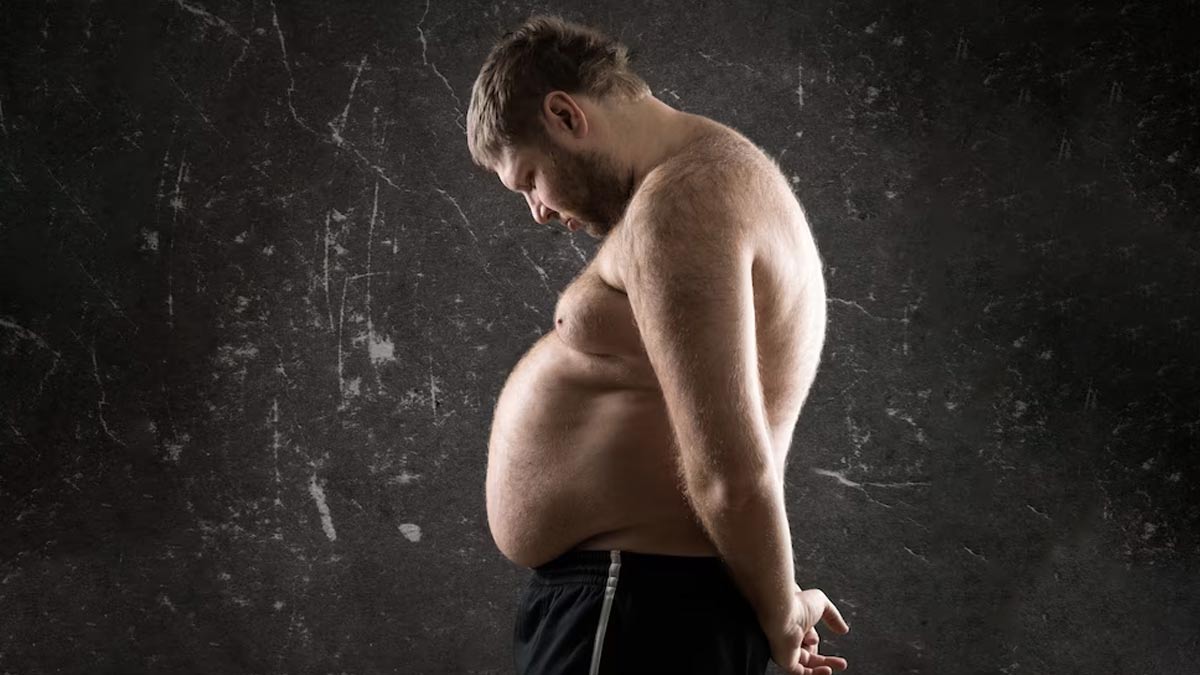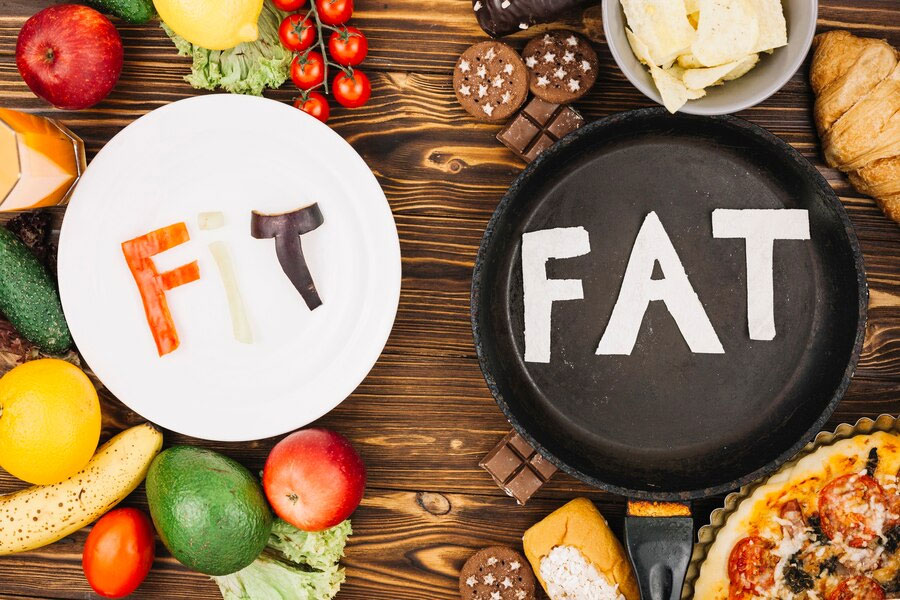
Knowing your body fat percentage is important for understanding your overall health and fitness level. It can help you tailor your diet and exercise programs to achieve your goals. Here are the ten best methods to measure your body fat percentage, ranging from simple at-home techniques to more advanced professional methods.
Table of Content:-
1. Skinfold Calipers
How It Works: Skinfold callipers measure the thickness of subcutaneous fat in specific areas of your body. These measurements are then used in equations to estimate overall body fat percentage.

Also read: Want To Burn Full Body Fat Without Jumping? Try These Cardio Exercises At Home
Pros:
- Inexpensive and accessible.
- Quick to perform.
Cons:
- Accuracy depends on the skill of the person taking the measurements.
- May not be as accurate for individuals with very high or very low body fat.
2. Bioelectrical Impedance Analysis (BIA)
How It Works: BIA devices send a small electrical current through your body and measure the resistance to the current. Since fat conducts electricity less effectively than muscle and water, the device can estimate body fat percentage based on the resistance.
Pros:
- Easy to use and widely available.
- Can be done at home with a scale or handheld device.
Cons:
- Hydration levels, food intake, and skin temperature can affect accuracy.
- Less accurate than other methods for very fit or very obese individuals.
3. Dual-Energy X-ray Absorptiometry (DEXA)
How It Works: DEXA scans use low-dose X-rays to differentiate between bone mass, lean tissue, and fat tissue, providing a detailed and accurate measure of body composition.
Pros:
- Highly accurate and reliable.
- Provides detailed information about bone density and fat distribution.
Cons:
- Expensive and not widely available.
- Requires a visit to a medical facility.
4. Hydrostatic Weighing
How It Works: Also known as underwater weighing, this method calculates body density by comparing a person’s weight on land to their weight underwater. Fat is less dense than water, so a person with more body fat will weigh less underwater.
Pros:
- Highly accurate.
- Considered a gold standard for body fat measurement.
Cons:
- Requires specialised equipment and facilities.
- Can be uncomfortable and impractical for frequent use.
5. Air Displacement Plethysmography (Bod Pod)
How It Works: The Bod Pod measures body volume by assessing how much air is displaced by the person sitting inside the chamber. This measurement is then used to calculate body density and body fat percentage.
Pros:
- Accurate and quick.
- Non-invasive and comfortable.
Cons:
- Expensive and not widely available.
- Requires access to specialised facilities.
6. MRI and CT Scans
How It Works: Magnetic resonance imaging (MRI) and computed tomography (CT) scans can provide detailed images of the body’s internal structures, allowing for precise measurement of body fat and muscle mass.
Also read: All About Body Fat Percentage: Here's How You Can Calculate It
Pros:
- Extremely accurate and detailed.
- Can provide information on fat distribution and visceral fat.
Cons:
- Very expensive.
- Typically used for medical purposes rather than routine body composition analysis.
7. Circumference Measurements
How It Works: Measuring the circumference of various body parts (such as the waist, hips, and neck) can help estimate body fat percentage using standardised equations and charts.
Pros:
- Simple and inexpensive.
- Can be done at home with a measuring tape.
Cons:
- Less accurate than other methods.
- Can be influenced by factors such as muscle mass and distribution.
8. Near-Infrared Interactance (NIR)
How It Works: NIR devices use a fibre optic probe to send infrared light into the body, usually at the biceps. The light is absorbed and reflected back, with the level of absorption used to estimate body fat percentage.
Pros:
- Quick and non-invasive.
- Portable and easy to use.
Cons:
- Accuracy can vary.
- Less commonly used and less researched compared to other methods.
9. 3D Body Scanners
How It Works: 3D body scanners use cameras or sensors to create a three-dimensional model of your body. Software then analyses this model to estimate body fat percentage based on body shape and size.
Pros:
- Detailed and visually informative.
- Non-invasive and quick.
Cons:
- Expensive and not widely available.
- Accuracy can vary based on the quality of the scanner and software.
10. Ultrasound
How It Works: Ultrasound devices use sound waves to measure the thickness of fat layers in various parts of the body. These measurements are then used to estimate overall body fat percentage.
Pros:
- Non-invasive and quick.
- Can be very accurate with proper training.
Cons:
- Requires specialised equipment.
- Accuracy depends on the skill of the operator.
ConclusionEach method of measuring body fat percentage has its advantages and disadvantages. For general purposes, skinfold callipers, BIA, and circumference measurements can provide reasonably accurate estimates and are accessible to most people. For more precise and detailed measurements, methods like DEXA, hydrostatic weighing, and MRI/CT scans are ideal but may be less practical for routine use.
Choosing the right method depends on your needs, resources, and the level of accuracy you require. Always consider consulting with a healthcare or fitness professional to determine the best approach for your specific situation.
How we keep this article up to date:
We work with experts and keep a close eye on the latest in health and wellness. Whenever there is a new research or helpful information, we update our articles with accurate and useful advice.
Current Version